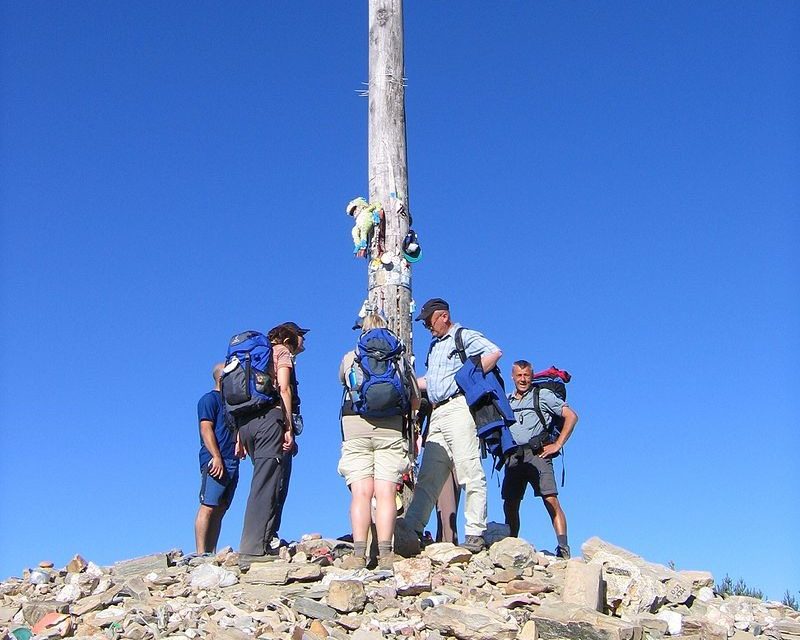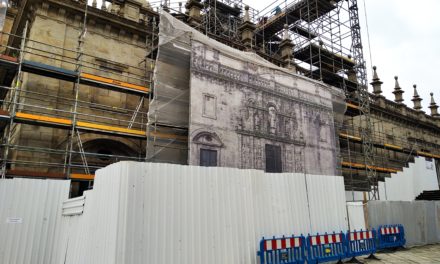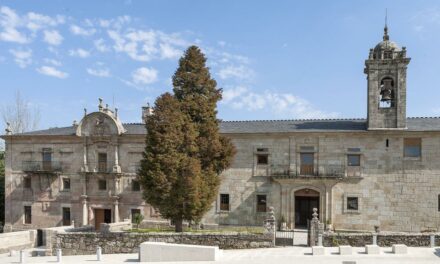Along the Camino the pilgrim will find many mounds of stones known as “humilladeros”, true symbols of the Camino among which the Cruz de Ferro is the most famous. Located at an approximate height of 1,490 meters, between Foncebadón and Manjarín, not far from the traditional beginning of the stage of Rabanal del Camino. The mound of the Cruz de Ferro is topped by a wooden pole, of an approximate height of five meters and with an iron cross of a meter and a half as a finishing touch.
There is a tradition according to which the origin of the ‘humilladeros’ was linked to the worship of the god Mercury, protector of merchants and walkers, to the point that they were known as “Montes de Mercurio”. For other historians, the origin of the ‘humilladeros’ could be prior to romanization or be linked to the Roman Empire but, they maintain, their function would have been to mark territorial limits.
However, the passage of the Camino de Santiago has given rise to a large number of pilgrimage legends that explain the meaning of the Cruz de Ferro and similar “humilliaderos” in relation to the pilgrims. It would be the pilgrims themselves who created them by leaving stones in their path, stones that they carried with them from their homelands.
But why would the pilgrims have brought stones from their lands over such great distances? The legends that explain it are many and diverse. Some relate it to an ancestral ritual of gratitude, by which the walkers would thank a pre-Roman deity or Mercury himself for having arrived at this point. But the most popular legend related to the Camino de Santiago is the one that talks about how, during the Middle Ages, parishes and councils would have required the help of pilgrims to obtain the necessary stones for the construction of their churches and chapels, including the cathedral of Santiago.
In any case, regardless of their origin, the ‘humilliaderos’ and the legends that surround them continued to spread among the pilgrims, some of whom even today contribute to sustain them by throwing stones that they bring with them from their towns and cities. Of course, the pilgrim who is interested should know that the current post and cross are a copy, and if you want to visit the originals you can do it on the previous stage, in the city of Astorga, where they have been preserved since 1976 and can now be visited in the Museum of the Way.
Photo: We have taken this image of the Commons Wikipedia project, its author is Dietmar Giljohann.











